London to get its own Manhattan-style ‘Highline’
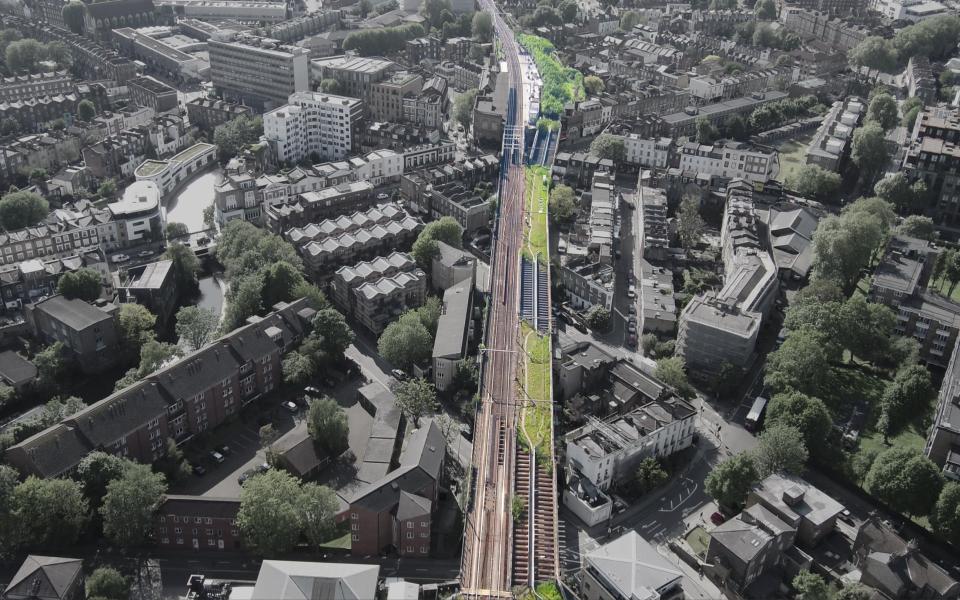
A slice of Manhattan could soon be coming to London, as the team behind New York’s High Line has been appointed to design London’s very own park in the sky, in Camden.
The Camden Highline initiative plans to morph a three-quarter-mile stretch of disused railway into a pedestrianised route between Camden and Kings Cross.
The idea came from an academic at University College London named Oliver O’Brien, who posted a blog in 2012 listing the stretches of disused railway in London where a highline could possibly work. The section that was deemed easiest and most obvious was this stretch of rail between Camden and Kings Cross.
Nine years later, the project is underway and this month it has entered its next stage. It was announced last week that the Camden Highline will be designed by James Corner of Field Operations, the firm behind the New York High Line and London’s Queen Elizabeth Olympic Park.
James Corner said: “Camden is such an extraordinary place, a vibrant, hip, and diverse community that will soon enjoy an amazingly unique, public green thread that ties its various communities together in ways both revelatory and transformative.
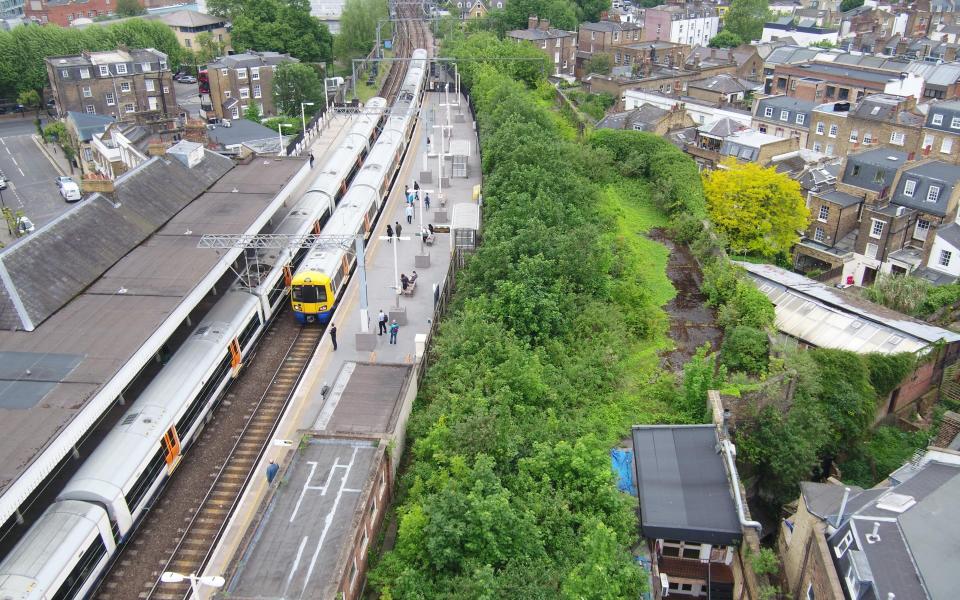
“We could not be more excited to work with residents and stakeholders to create a one-of-a-kind elevated park along the viaduct that speaks to the magical symbiosis of nature, culture, arts, and community.”
Starting near Camden Road station and finishing on York Way, Kings Cross, the Camden Highline promises to not only attract tourists, but it also aims to create new outdoor space for the local community.
Camden Highline chief executive, Simon Pitkeathley, told the Telegraph: “It’s not just a nice place to walk. It’s also a potential commuting route. It goes through housing estates that will be more connected with their local areas.”
London Mayor Sadiq Khan has praised the project for its potential benefits for the community. He said: “Camden Highline has the potential to become a really important new asset for the local community.
“This is exactly the sort of innovative, environmentally sustainable and locally-driven project which could make an important contribution to London’s recovery from the pandemic."
London will certainly need a boost, once it emerges from lockdown. It is estimated that up to 700,000 foreign-born residents left London in the lead up to September 2020 – a combined effect of Brexit and the pandemic, according to research done by the Economic Statistics Centre of Excellence.
The city desperately needs tourism to return to pre-pandemic levels, too. The 9.7 million tourists who came in 2020 spent just £5.7 billion, compared to the £24.7 billion spent by the 32.3 million who visited the year before. Visit Britain is optimistic that tourism in 2021 will be up 21 per cent on 2020 figures, and projects like the Camden Highline could help to lure in new visitors later into the decade.
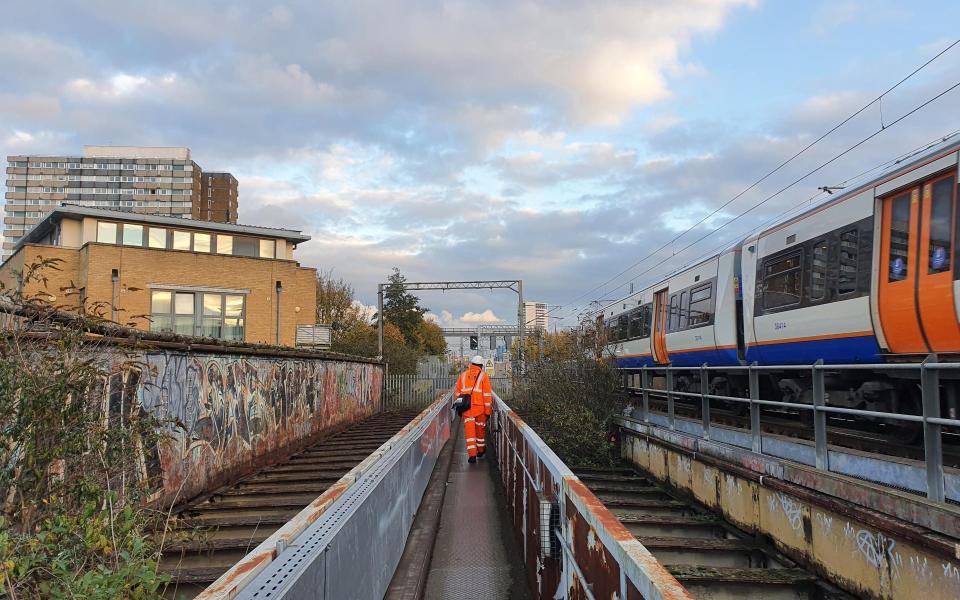
Though the Camden Highline project has naturally drawn comparisons with the Manhattan High Line, which opened in 2009, the original ‘floating park’ along a former viaduct was the Promenade Planteé in Paris, which opened in 1993. When it was first mooted, Parisians thought the idea was a waste of money, but almost three decades after opening the promenade has become a cherished local landmark.
Though the project is still in its early stages, Simon Pitkeathley is optimistic about the momentum behind the Camden Highline: "Every time we reach another milestone, I find myself thinking that I can't believe we've come so far so quickly.
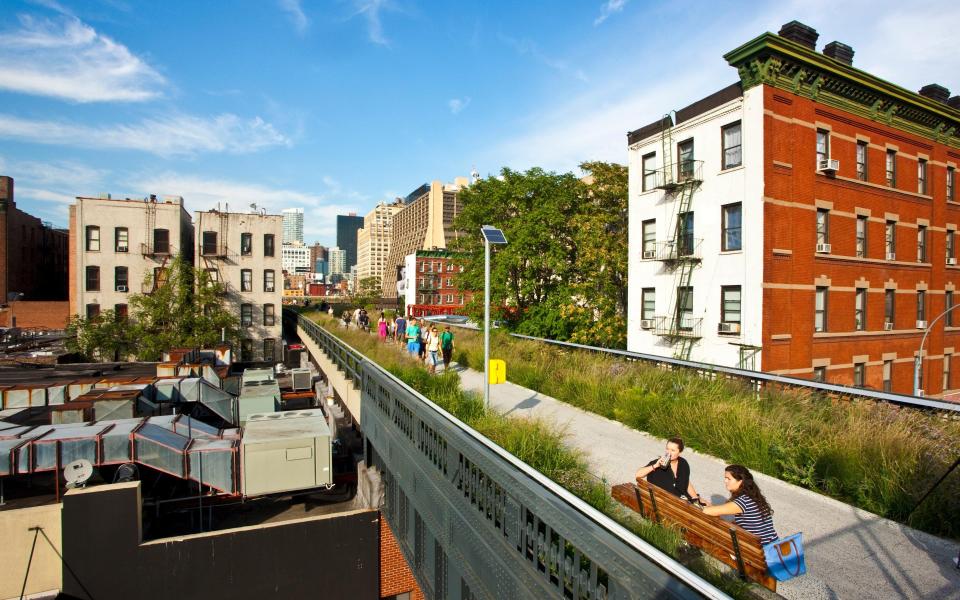
“Something that started as a bit of a mad idea is now going to be designed by a team of the finest people we could ever have hoped to work with. I cannot wait to see their ideas unfold and be put into practice.”
Pitkeathley is among the few people to have been up to scope out the area. “The key thing that differentiates it from any other of these projects is that there’s a live train line going next to you. They’re speed limited because it’s on a viaduct, so they’re not going very fast. They’re not loud – it’s quite quaint, really. Also, when you’re ground level the trains are much taller than you’d think. It’s quite surreal," he said.
The next task for the design team is to create a division of some kind between the highline and the live trains, but Pitkeathley hopes whatever is created will allow walkers to still “see and feel” the passing trains.
Pitkeathley stresses that, unlike London’s failed Garden Bridge project – dreamt up by then-mayor Boris Johnson in 2013 before being scrapped by Mayor Sadiq Khan in 2017 – the project needs to build from the “bottom up”.
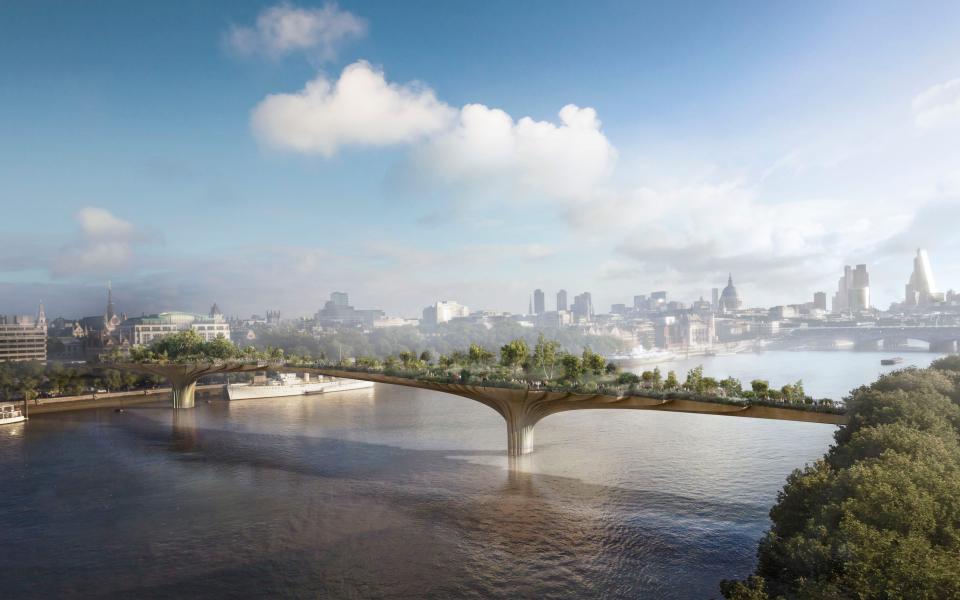
The elevated park will cost approximately £35m and take three years to complete. So far, a crowdfunding campaign has raised over £63,000 for the Camden Highline charity, from more than 1,000 individuals. The next step is for the Camden Highline and its architects to liaise with the local community to discuss the project – a free event is being held on March 11.
For now, Londoners can only imagine what it will be like to walk along its Highline of the future. Or we can turn to Pitkeathley, who knows the route better than anyone else.
“It will be like walking along a green corridor – in the sky."

